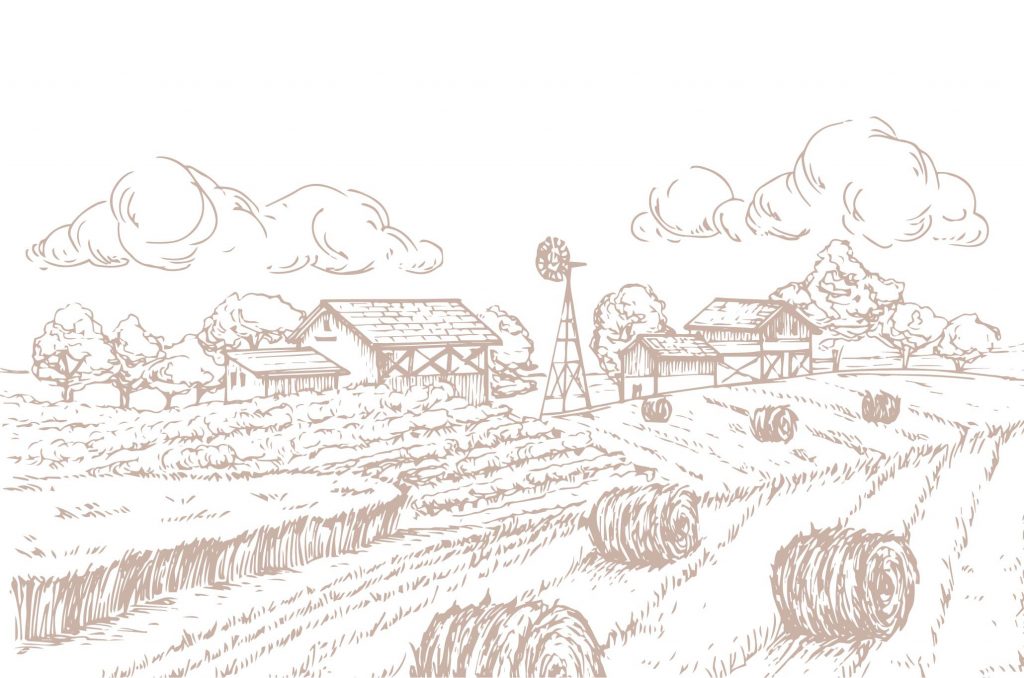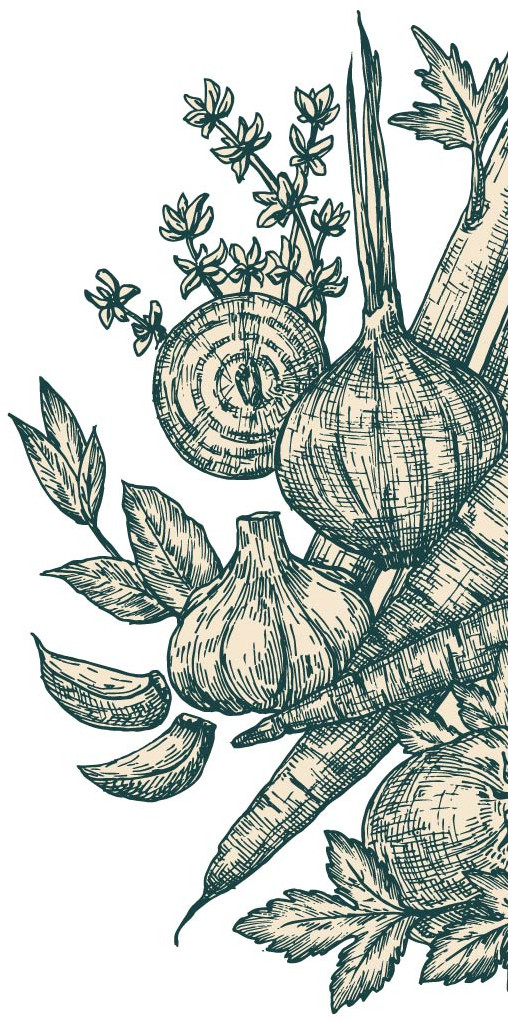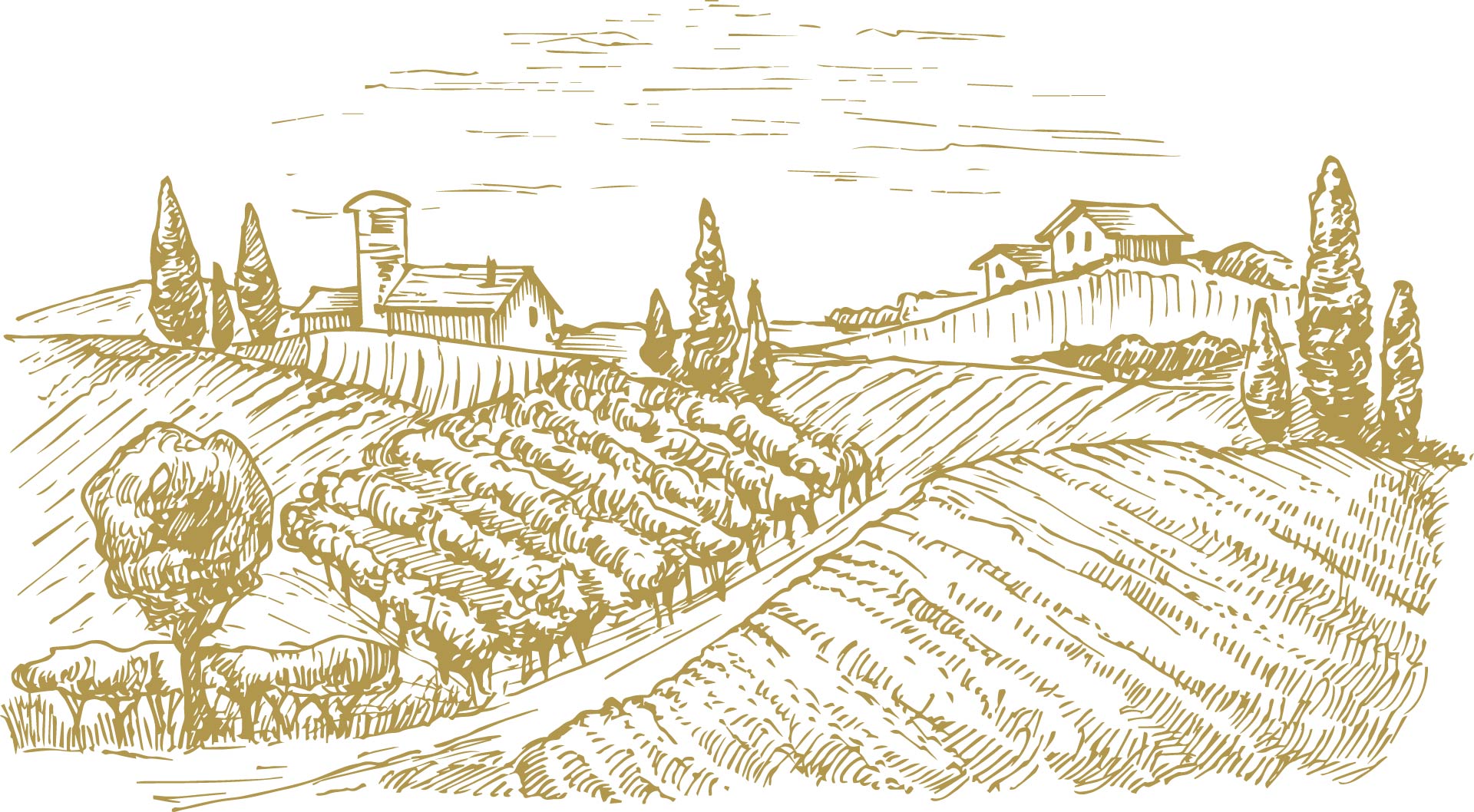IN THE SPOTLIGHT: the importance of Heirloom Seeds, the Conservatory and our selection of Seeds
Because HEIRLOOM SEEDS matter!
Organic, Ancestral, Authentic and Functional

Check our full selection of Heirloom Seeds
The importance of Heirloom Seeds or Seeds of Ancient Varieties
Seeds are the memory of nature.

What is a seed? It is a small living program that contains in memory all the information accumulated since time immemorial.
It is also the food to come for millennia and the generations that will succeed us.
Plant species are the foundation of life on Earth, without them, we could not survive.
They constitute the common heritage of humanity and one of its most precious assets, indispensable for the survival of species.
Did you know?
Ancient peoples consumed over 3000 edible plant species.
“More than 500 vegetables were still part of the daily menu of our region’s populations 150 years ago.
Today, only a few dozen varieties have survived the standardization brought about by the agri-food industry, and we are witnessing a generalized impoverishment of our food and our environment.
75% of edible varieties cultivated at the beginning of the 20th century have disappeared!
Every day, 100 species disappear from the planet, due to erosion, desertification, and industrial farming methods.
Scientists estimate that this situation is dreadful for the future of humanity because at this rate, we will have lost 3/4 of living species before the end of the 21st century.
Modern fruits and vegetables no longer nourish us properly!
At the beginning of the 20th century, there were still a thousand varieties of apples in Europe before orchards were 80% colonized by the Golden variety. Yet comparative analyses show that these contain 100 times less vitamin C than other ancient varieties.
This loss of diversity also constitutes a general impoverishment of our diet, the consequences of which on health are undeniable.
Why sow seeds of ancient varieties?
Sowing seeds of ancient vegetable varieties is something very special!
It is fulfilling a mission by participating in the preservation of magnificent varieties in danger of disappearing.
In addition to having the pleasure and privilege of tasting flavorful varieties that you will not find on market stalls, you will sow varieties that allow for the reintroduction of biodiversity across the territory for future generations!
Plants of ancient varieties that grow from these seeds, rich in endophytes (the plant equivalent of the human microbiome), contribute to maintaining soil life and fertility.
the Conservatory of Heirloom Seeds
The Conservatory of Heirloom Seeds is a structure that aims to provide ancestral knowledge about this heritage of humanity, which is in danger of disappearing.
The Conservatory brings together in one place a permanent exhibition of ancient seed varieties, a library, and seed gardens where numerous conserved varieties are reproduced each year.
The Conservatory of Heirloom Seeds is also a space for transmitting disappearing know-how, through training courses open to the general public.
The challenge of the Conservatory of Heirloom Seeds
What is the basis of our alimentation?
The challenge of the Conservatory of Heirloom Seeds is to raise awareness about the importance of seeds as the basis of our food.
Many people will respond that it is vegetables, fruits, and cereals, but in fact, it is the seeds that are the first link in the human food chain.
The importance of the origin of the seeds used in our vegetable gardens, the mode of cultivation that produced them, and their quality is a fundamental but often overlooked subject.
Food autonomy depends on the diversity of cultivated varieties, the quality of the seeds, and their fertility.
The Conservatory of Heirloom Seeds contains over 1800 organic, certified ancient seeds, cultivated in the Farm-Conservatory, which has been preserving and reproducing these varieties for 50 years. Some surprising specimens include black potatoes, strawberry spinach, perpetual leeks, 4.5-meter-tall giant sunflowers, and 300 kg giant pumpkins.
The Conservatory of Heirloom Seeds participates in humanitarian programs to regain food autonomy for populations in difficulty in South America, Madagascar, Africa, as well as with institutions like Doctors Without Borders in Southeast Asia, or with international organizations. It also aims to support citizen initiatives of shared, family, rural, and urban gardens, which are constantly developing, by enabling them to access “native” seeds adapted to each soil, climate, and latitude, which will provide high-quality, flavorful, and nutritional vegetables, promoting healthy food for all.
The work of a Conservatory
“Seeds live in the soil and die in the seed banks.”
The work of a Conservatory is firstly to multiply seeds in collections, as seeds have a limited lifespan: one year for parsnips, 2-3 years for parsley, 4 years for carrots, 5 years for beans, 5 to 10 years for grasses, etc. It is therefore essential to be able to sow each variety in a timely manner, so as not to risk seeing a species disappear.
The second task is to rediscover endangered species. Many amateur gardeners unknowingly cultivate an ancient or endangered species, such as a fruit, vegetable, or herb that they harvest and replant mechanically year after year. Endangered species are often cultivated by elderly people, and these species will disappear when the gardener can no longer cultivate them.
It is rare to be able to recognize a species solely from a seed, so it is necessary to try to gather as much information as possible: Is it a native plant? An import? How long has it been cultivated in your family or environment? After an initial examination, the received seeds or plants are cultivated, and an observation notebook is opened. Photos are taken regularly, and observations are recorded. Species are recognized based on the distinctive signs described in botanical encyclopedias. The work of the botanist is then coupled with that of a historian, as ancient species are often only partially described, and sometimes the experience of universities and research centers must be called upon to identify a rediscovered species. It is always a great joy to rediscover a lost variety. With the ease of communication it brings, the internet opens up unexpected exchange possibilities.
When a new species is of interest, the harvest and conservation process is initiated.
Seed conservation is the Conservatory’s third mission.
This is preceded by meticulous work of cultivation, harvesting at optimal maturity, drying, sorting, and storage in the best preservation conditions.


Choose an ethical and quality approach while choosing your Heirloom Seeds
By buying these seeds, you are providing direct support to the conservation initiatives striving to safeguard and increase access to these seeds for a larger community.

All the heirloom Seeds (seeds of ancient varieties) that we offer come from a family farm (one of the pioneers in the field of organic farming) that has celebrated its 100 years of existence and 50 years of organic production and preservation of ancient seed varieties by the Conservatory of Heirloom Seeds.
In total, more than 1840 rustic and delicious vegetable varieties are reproduced and carefully preserved. (At the moment, our online shop only offers a limited selection.)
All saved varieties are reproduced on site, in small seed gardens. Only very fragile varieties are reproduced under greenhouse.
The seed collection
The farm where the seeds of ancient varieties are reproduced is a stronghold of organic farming for more than 50 years and gathers and preserves a multitude of traditional vegetable seeds. When this approach began and the varieties cultivated by the ancients were recorded, it was found that they had all disappeared, replaced by modern varieties oriented towards quantity produced, to the detriment of quality, incompatible with a resilient agroecological agriculture concerned with ensuring food autonomy. Thanks to the endophytes they contain, plants of ancient varieties – capture nutrients present in the soil better, – are more resistant to drought, – have taste, and a much higher nutritional value than modern varieties! This agricultural domain, which has been passed down from generation to generation within the same family for 100 years, is also a place of study and demonstration of agroecological agriculture.


